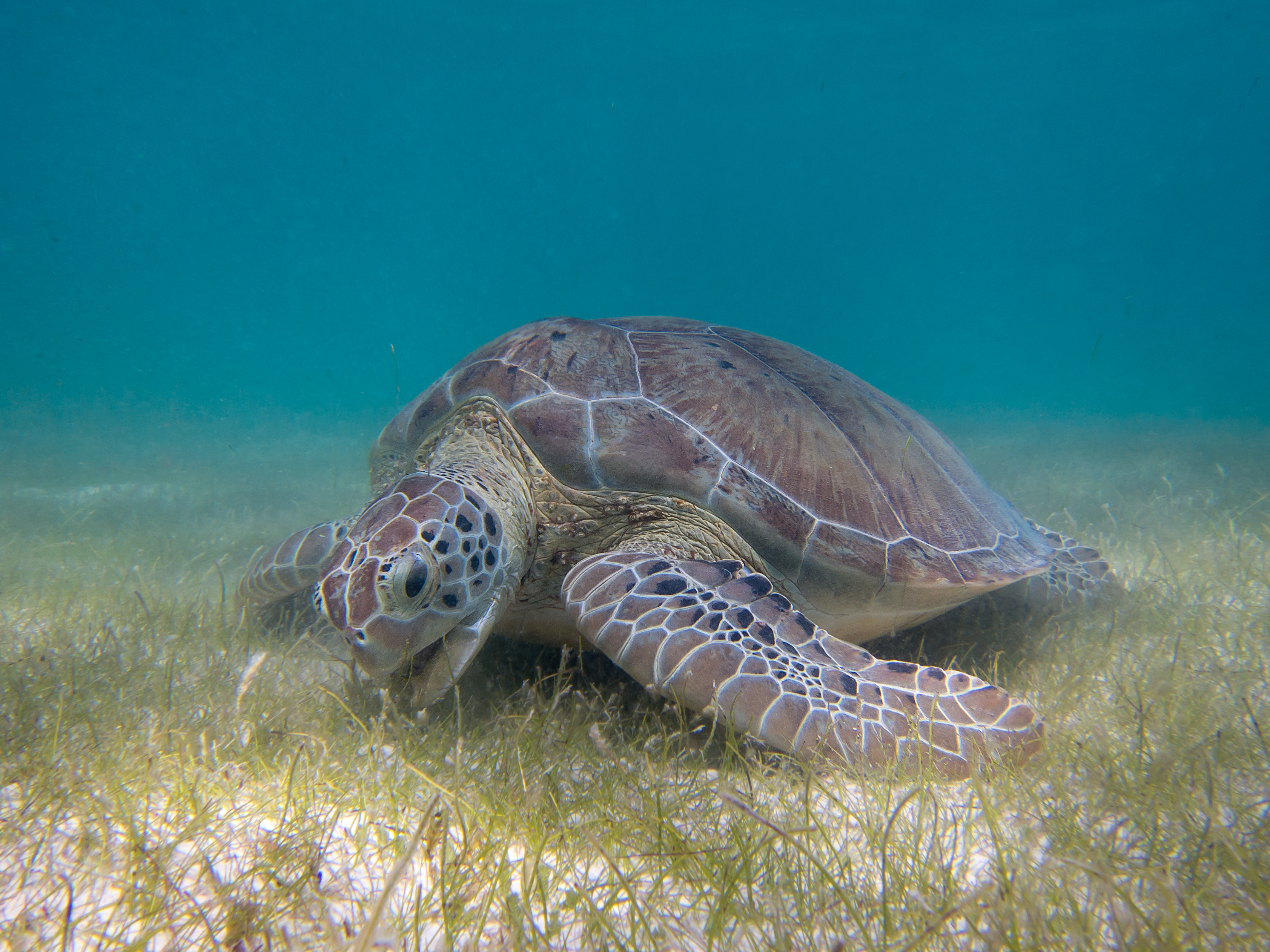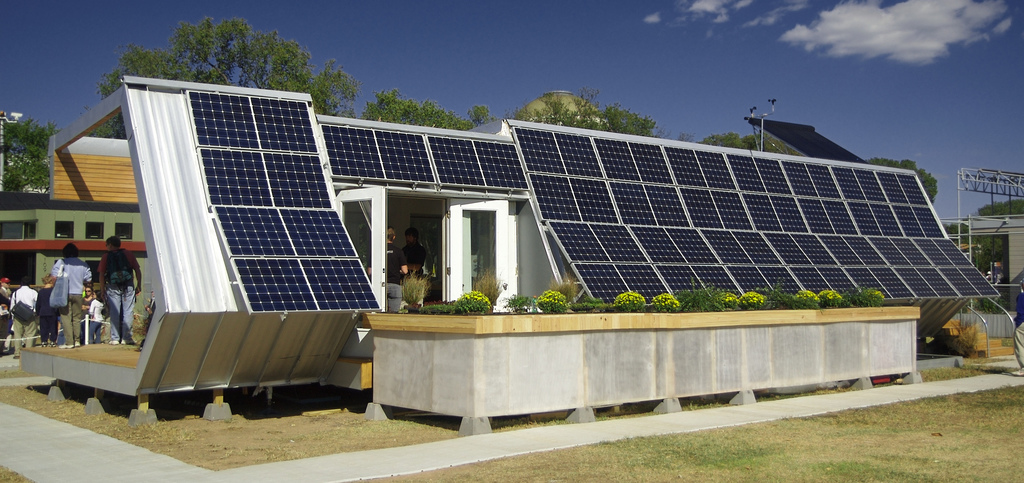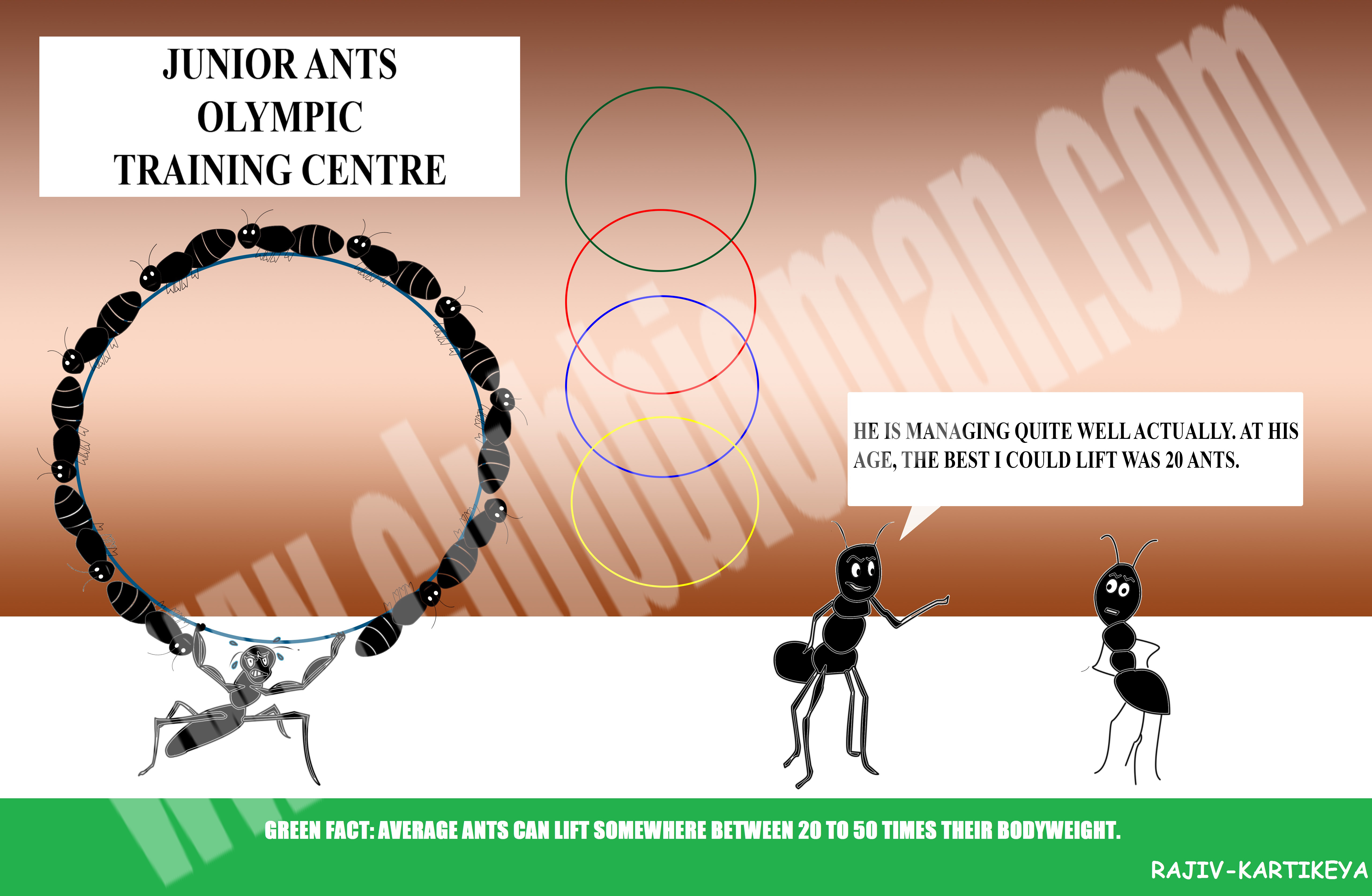Sea turtles have been residing on this planet for over a 100 million years. Many of them can live up to over 100 years. Yet the beautiful species finds itself on the list of critically endangered species worldwide.
Firstly, the survival rate of young turtles among their siblings in their first year (in a natural way) is quite low. Add to that, the threat of land predators, birds and fish, many of them don’t even survive their transition from the nest to the sea.
And human intervention – as in the case of most species – has not been much of a help either. Critically essential nesting beaches have been destroyed as a result of uncontrolled and unplanned development. Hunting and poaching is on the rise for meat, eggs and leather, with annual killings touching the figure of a million.
The worst thing is stuffing live animals and selling them as curios. Sick enough already, isn’t it? If only you’d know the number of ways turtle’s shells are exploited and sold all over! Climate change and land pollution add to the threat of their existence.
Why need sea turtles
Why bother about sea turtles at all? Good question indeed, given that we humans cannot look beyond our own nose, while talking of self interest.
Well, coming back to the point, there is a lot of good these wonderful creatures can do to the planet. Here’s a summary of how turtles help the world:
- As scavengers, they help in the cleaning up and contribute to the biomass of the planet.
- They help maintain healthy seagrass beds, which is necessary for a balanced ecosystem.
- Help maintain coral reefs.
- Facilitate nutrient cycling from water to land.
- Help the nutrient quality of beaches and dune systems.
…to name a few…

A green sea turtle grazing the seagrass. This activity itself helps maintain ecological balance to some extent.
and this is how a decline of turtles is affecting the world:
- Loss of productivity in the food web.
- Poor nutrient content of seagrass.
- Damaged patterns of coral reefs.
- Lack in the quality of dune vegetation
And most important of all, is the fact that turtles are integral to not one, but two ecosystems: the beach as well as the marine system. So a decline in sea turtles will definitely result in a loss to both these ecosystems, and to the planet on the whole.
How we can help
There are a few simple things that you can do to help conserve sea turtles as well as their habitat:
- Beware of the materials used in the products you buy. A lot of jewellery, guitars and ashtrays are manufactured with the help of turtle parts.
- Reduce chemical usage overall. These chemicals run into the oceans, killing flora and fauna. Go for organic and chemical-free products as alternatives to chemicals.
- Generally avoid using (and disposing of) plastics. Be doubly sure that you don’t dispose of plastics on the beach. Most sea turtles will ingest these plastics, which blocks their intestines and kills them. While on the beach, avoid balloons too.
- Clean the beaches – clean up your trash as well as that left by others.
- Enjoy turtles coming ashore from a distance, don’t disturb them. Your selfies will only be liked for a few days, but the species’ life will be exposed to danger.
- If you can spot tracks left behind by turtles, stay away. Be compassionate.
- Try to stay away from the sandy dunes above the tide line.
- Avoid setting up beach campfires, especially during nesting season. Young turtles are vulnerable – they might crawl into fires and die.
- Avoid taking pictures with flashlight at night as this disturbs the turtles.
- Report turtles that appear dead or injured to local authorities. There is a wildlife conservation, forest department or WWF helpline available in every major region.
- Send turtles to a rehabilitation center or vet, if you know one.
- Spread awareness online. Join social media pages such as ClubBioman, WWF, PETA, etc and share our content. Share your own, original thoughts too.








